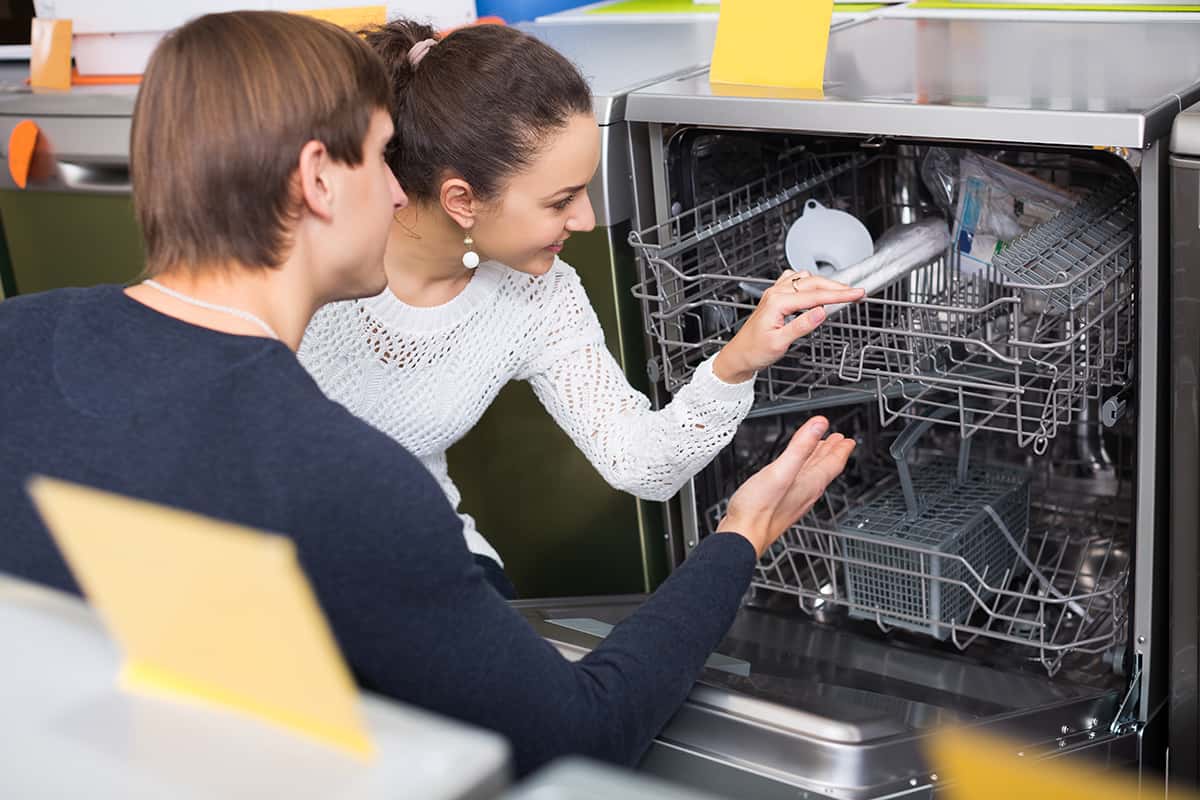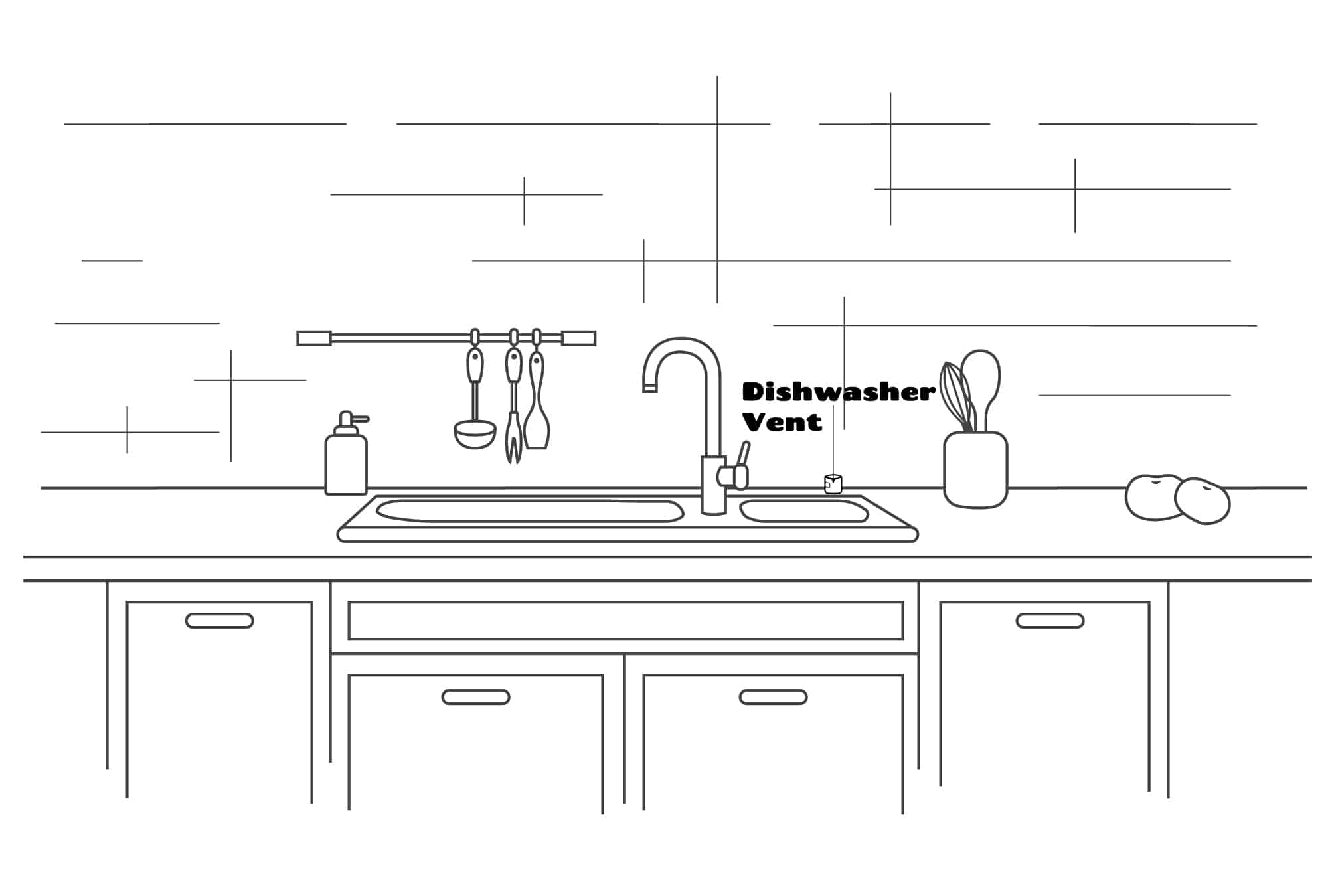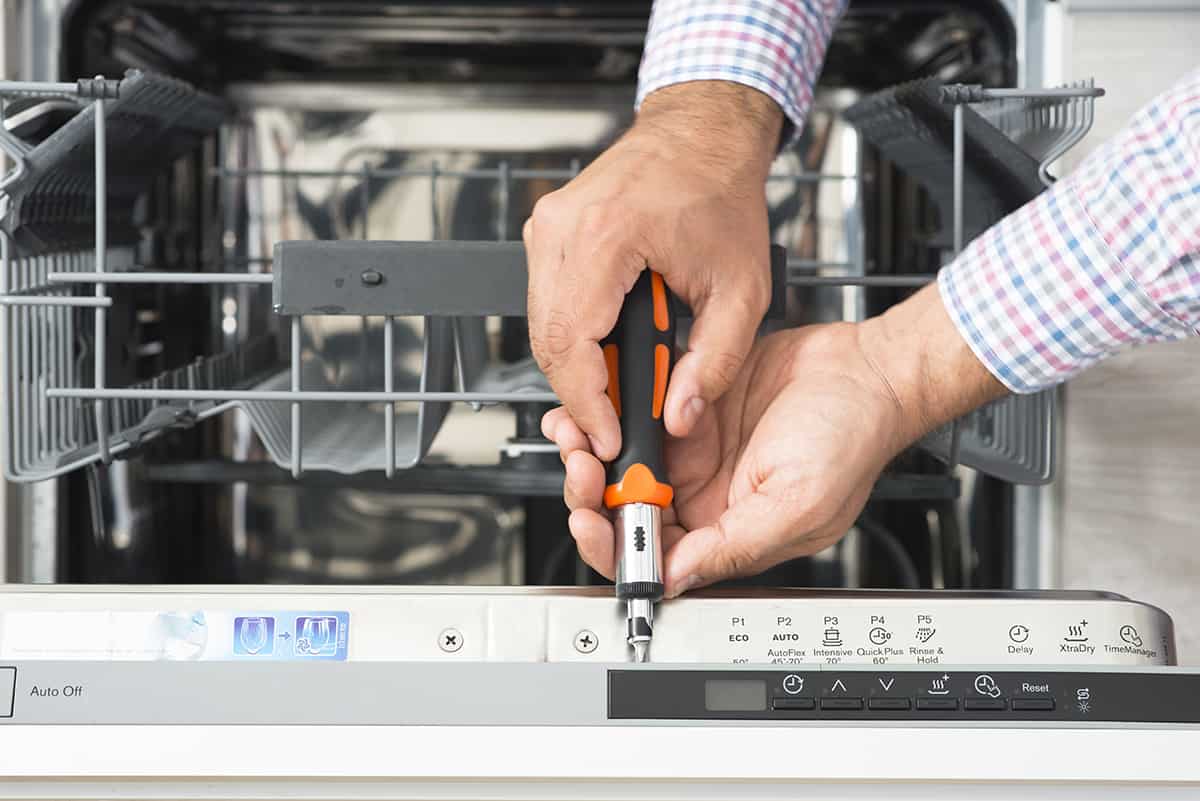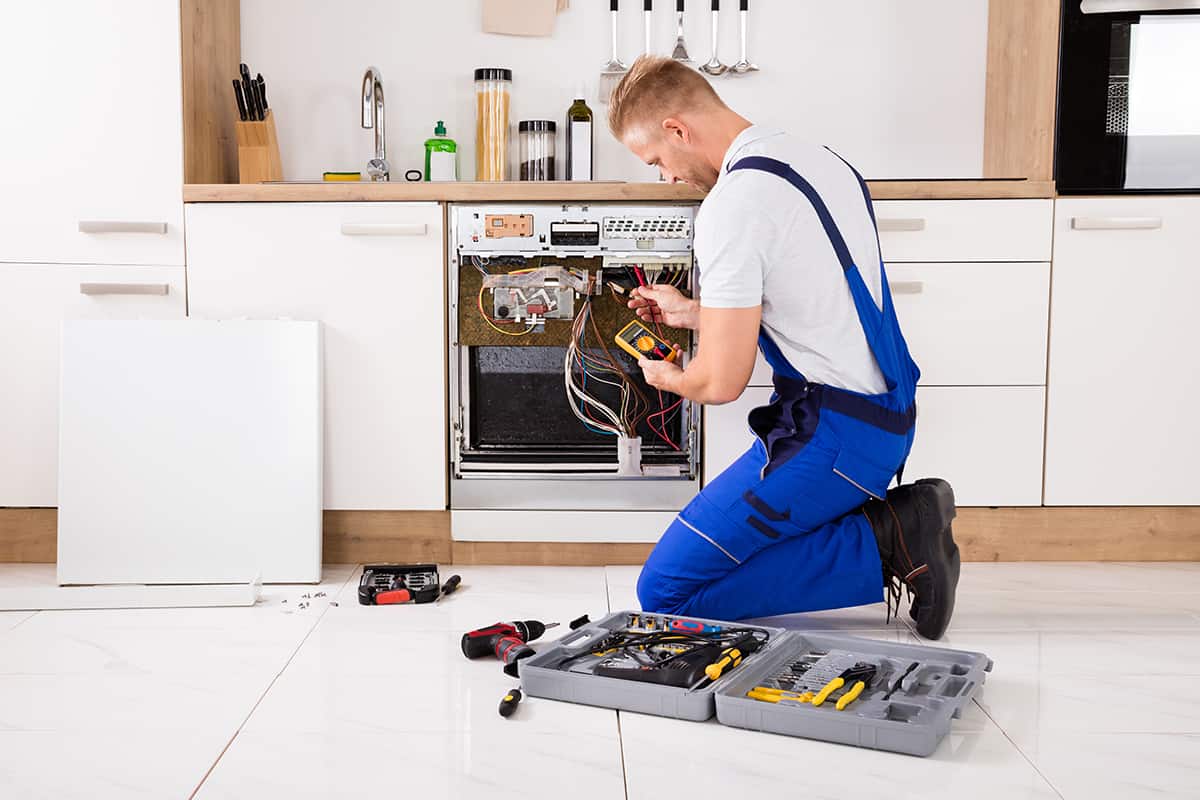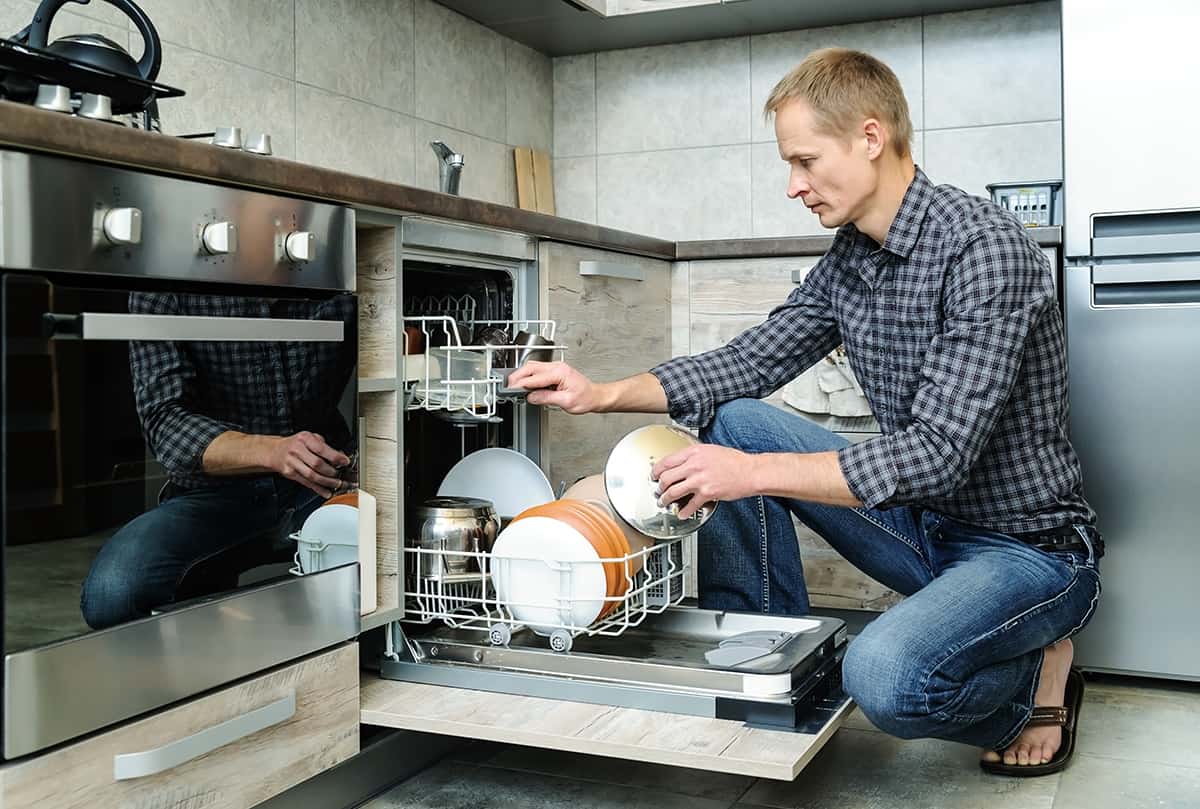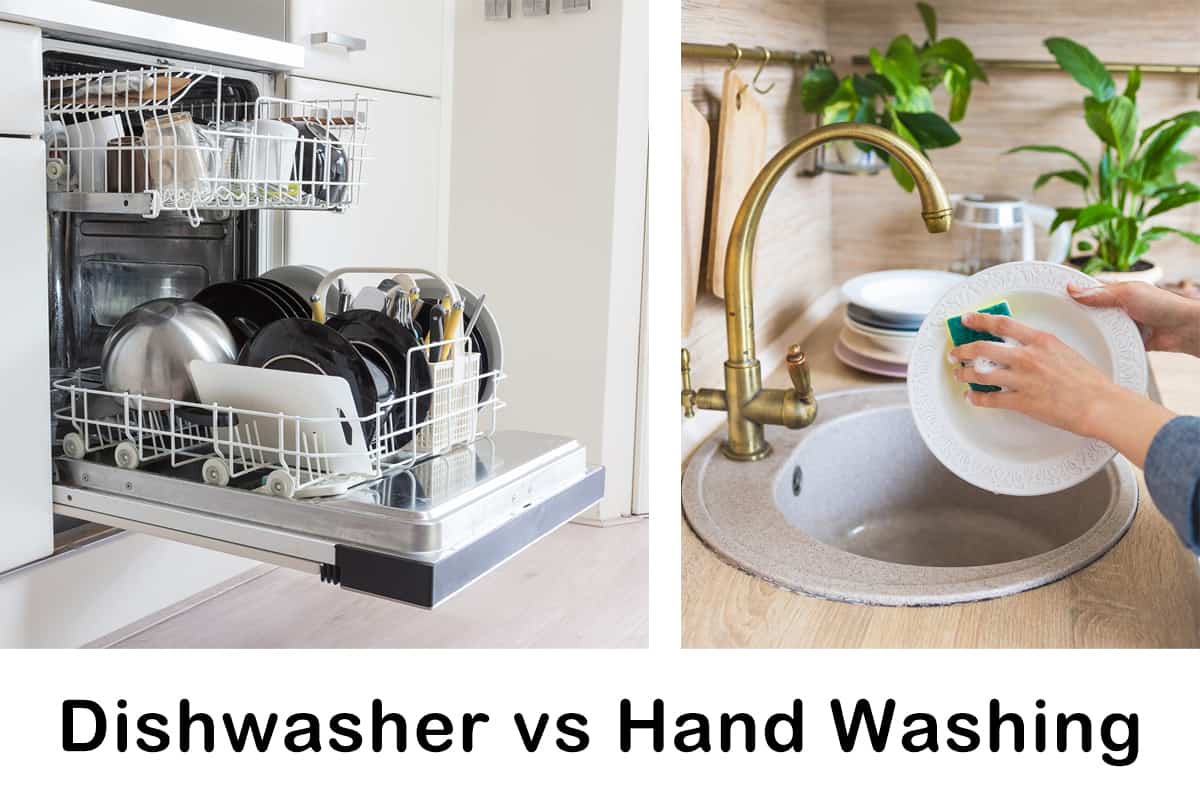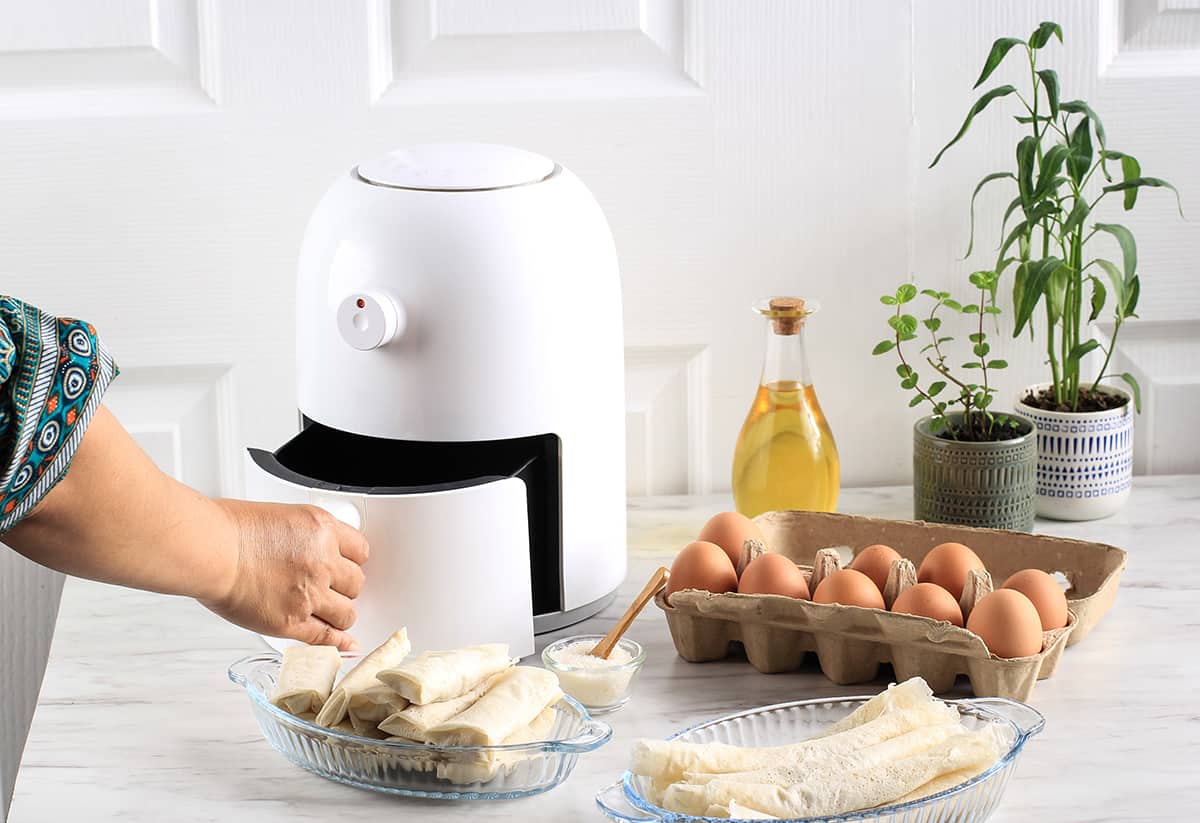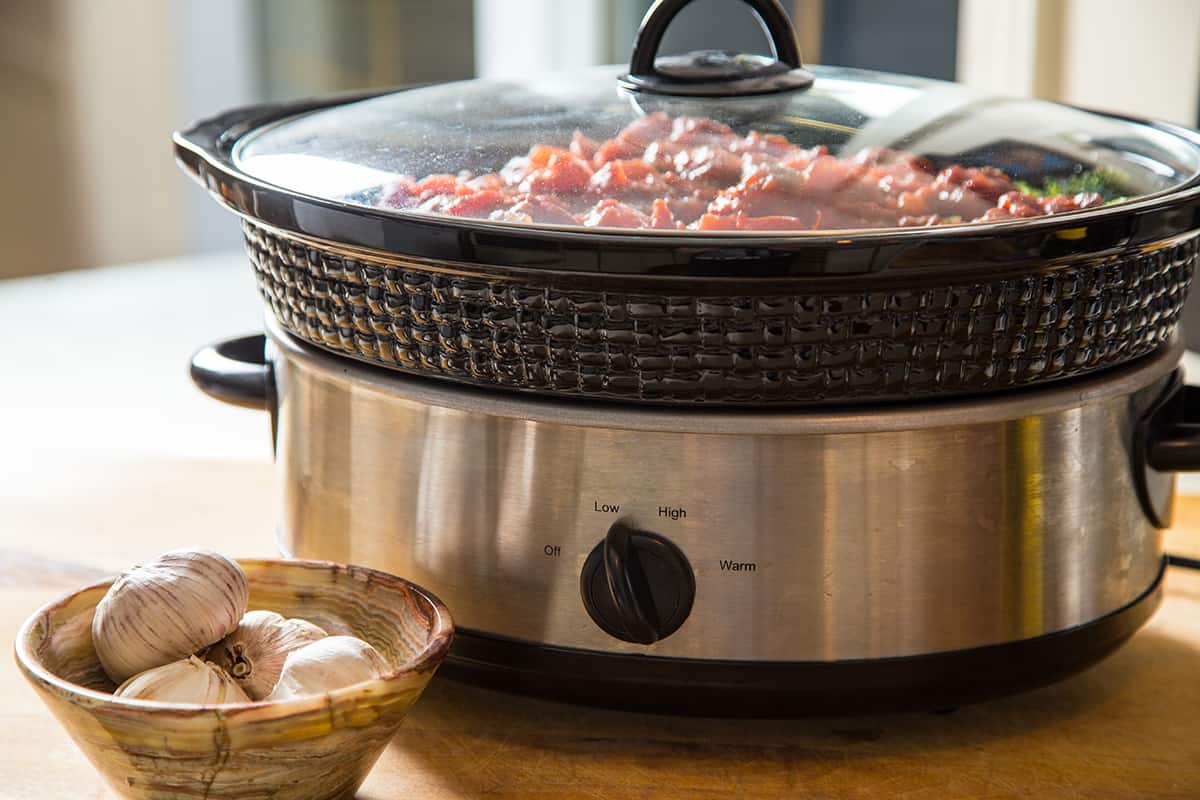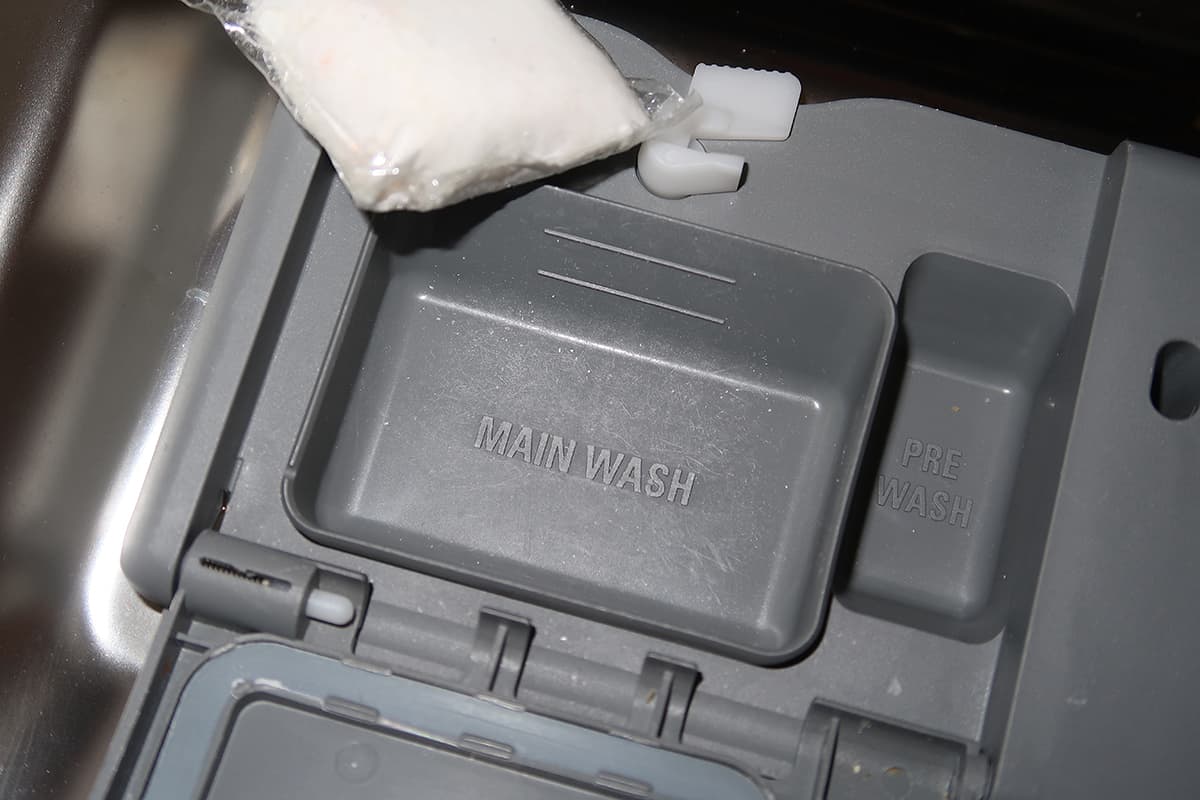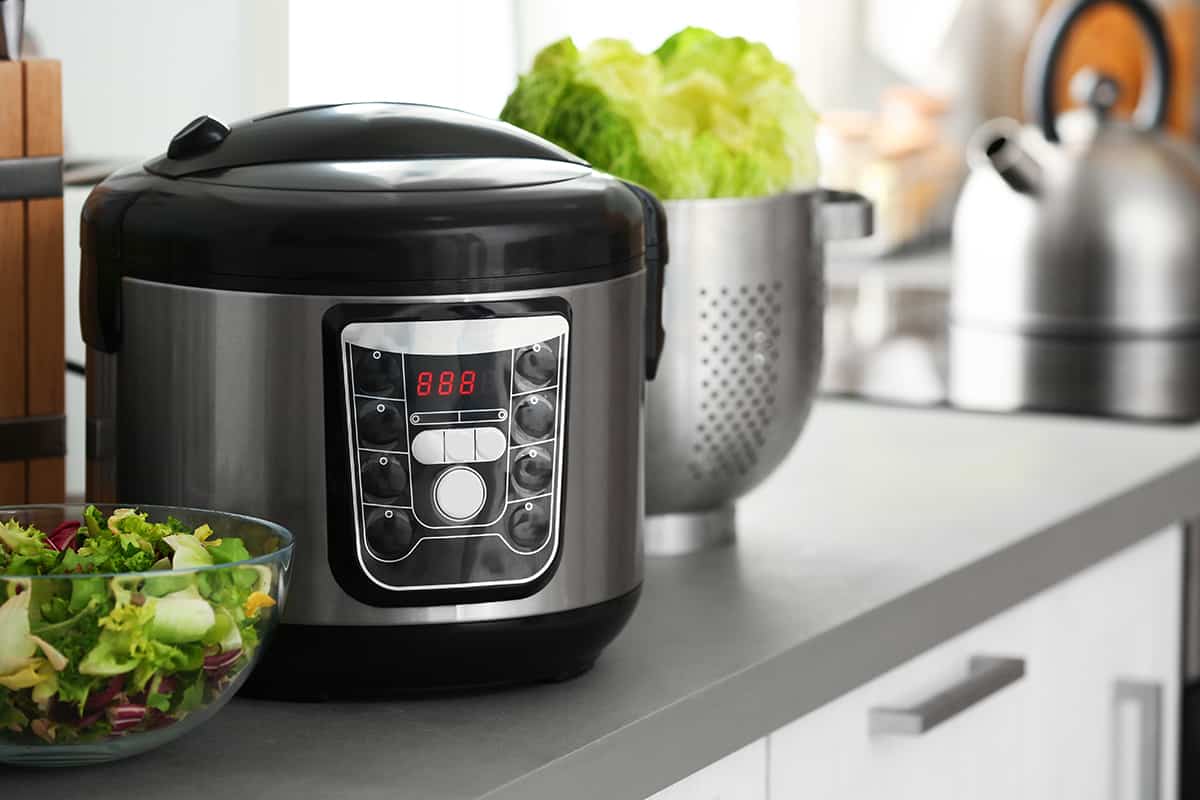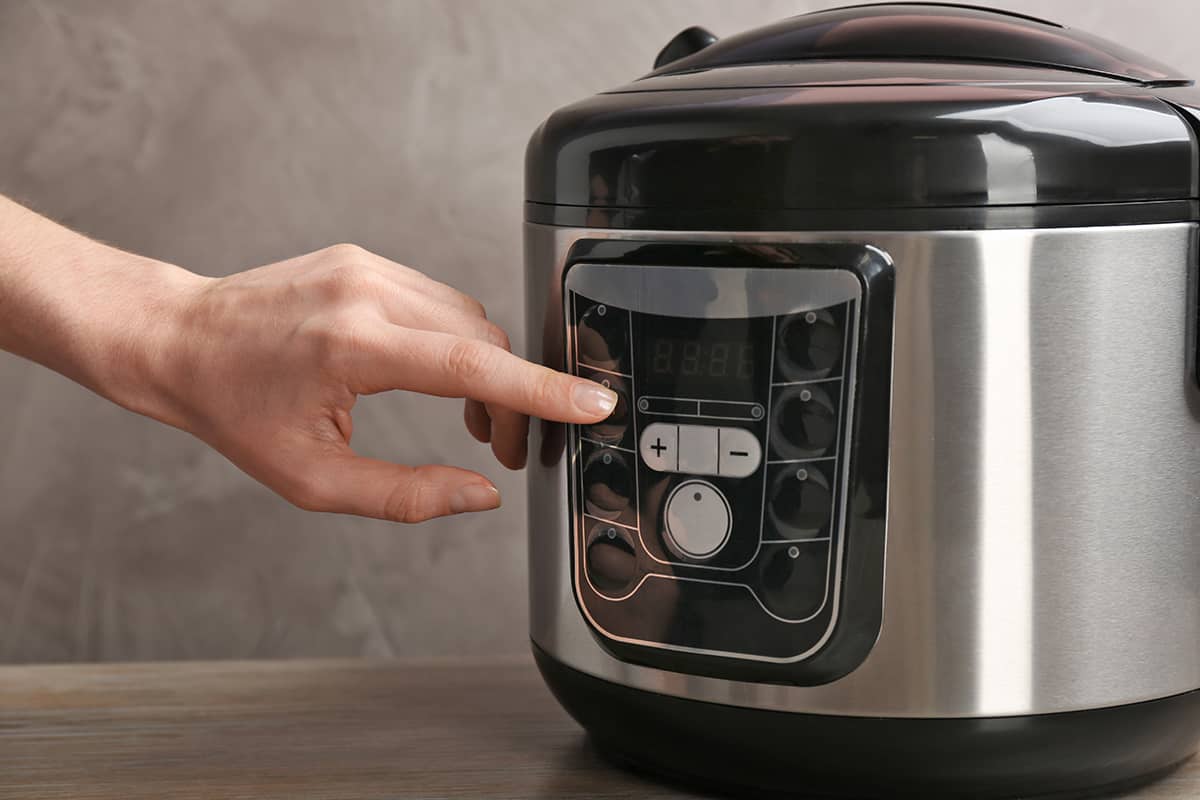A good dishwasher can clean dishes better than most of us can do by hand. But it’s not just about clean dishes. A good dishwasher can also save water and energy. However, not all dishwashers are created equal—some are quiet, some are powerful, some are energy-efficient, and some are all of the above. So, how do you choose the right one?
It’s advised that you install a dishwasher vent or air gap as a safety precaution. Some areas may even mandate dishwasher vents as a way to prevent water from entering a clogged sewer line.
Dishwashers, the handy kitchen helpers, are known for their humming and gurgling sounds while they work to get your dishes clean. But what if those familiar sounds turn into something different? Maybe a loud bang, a high-pitched squeal, or a disturbing grinding noise? Sounds like these might have you worried that something’s not quite right with your dishwasher.
Dishwashers are an essential part of our daily lives, making it easy to clean our dishes and save time. However, sometimes dishwashers can cause problems, like tripping the breaker in your home. A tripping breaker can be frustrating and even dangerous if not handled properly.
You might think that dishwashers are the solution to many of life’s dirty problems, and in many cases, that’s true. They save time, water, and energy, but not everything can be safely washed inside these powerful machines. Some items need special care to avoid getting damaged or even ruining the dishwasher itself.
Using a dishwasher is often better than washing by hand. Dishwashers save time and effort, and they usually use less water and energy. They also clean dishes more effectively, killing more germs. However, hand washing is better for delicate items. So, using a dishwasher is generally better, but hand washing is still useful for certain dishes.
Yes, you can open your air fryer while cooking, but there are some factors to consider. Opening the air fryer can slow down the cooking process, as it allows heat to escape, and you may need to add extra cooking time to make up for this.
Slow cookers produce low levels of heat over long periods of time to cook your chosen meal, but having the lid fitted securely on top of the slow cooker is pivotal to ensuring good results. If you’ve lost your slow cooker lid, or it has been damaged and rendered unsafe to use, then this doesn’t mean you need to throw out your slow cooker.
Sometimes, dishwashers can run into problems, like when the detergent door doesn’t open during a wash cycle. Like any machine, dishwashers need maintenance and occasional repairs to keep them working at their best.
Slow cookers operate on a low wattage, at low temperatures, making them perfectly safe to leave unattended while they’re cooking your dinner throughout the day.
The length of time you’ll need to cook lamb in a slow cooker will depend on what type of joint you have, how big it is, and what setting you are using on the cooker. For lamb cooked on the low setting, a joint such as leg or ribs will need between 8 and 12 hours, while on the high setting this will be reduced to 4 to 6 hours.
If you want to turn your slow cooker off earlier than a recipe dictates, you’ll first need to make sure the food has reached a high enough temperature. Roast meats cooked in the slow cooker should reach an internal temperature of 160 °F before they are safe to consume, while casseroles and stews should reach 165 °F before being considered safe to eat.
